Happy Pride season! Pride is typically celebrated between June and September and highlights the lives of queer people around the world. We are so excited to bring you materials related to the 2SLGBTQIA+ community from our collection. These materials cross time and genre and tell interesting and unique queer stories in music.
Queer geographies of music
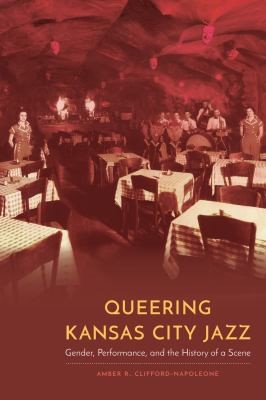
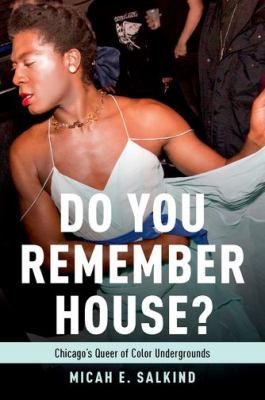
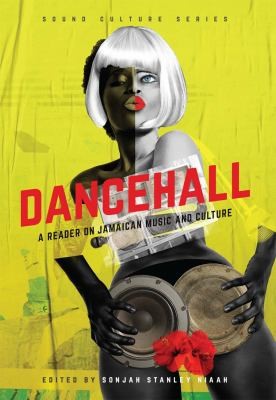
- Queering Kansas City jazz: gender, performance, and the history of a scene by Amber R. Clifford-Napoleone looks at the case study of Kansas City, Missouri, to demonstrate the ways that queer identities played out in the city through the lens of jazz. Recommended chapter: “Queering Dante’s Inferno.”
- Do you remember house?: Chicago’s queer of color undergrounds by Micah E. Salkind is based on extensive research and illustrates the importance of house music to queer culture historically. Recommended chapter: “Are You Ready to Get Your Life? Performing Neostalgia and Wildness in Chicago’s Contemporary Queer Club Scenes.”
- Dancehall: a reader on Jamaican music and culture edited by Sonjah Stanley Niaah traces the beginnings and expansion of dancehall as a genre and its impact on culture globally. Recommended chapter: “Out and Bad: Toward a Queer Performance Hermeneutic in Jamaican Dancehall.”
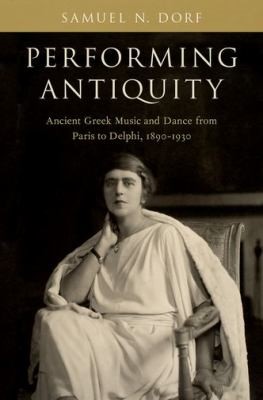
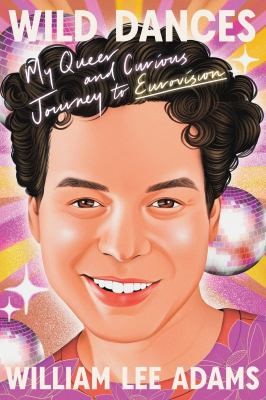
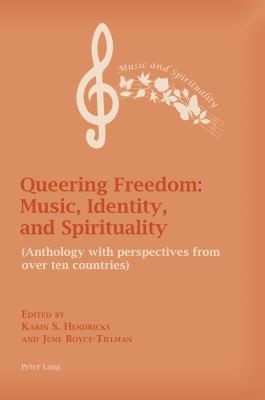
- Performing antiquity: ancient Greek music and dance from Paris to Delphi, 1890-1930 by Samuel N. Dorf studies the modernist period and the way that scholars of Greek antiquity collaborated with performing artists to bring their work to life. Recommended chapter: “Performing Sappho’s Fractured Archive, or Listening for the Queer Sounds in the Life and Works of Natalie Clifford Barney.”
- Wild dances: my queer and curious journey to Eurovision by William Lee Adams is the story of queer journalist William Lee Adams interviewing Eurovision participants and fans across Europe. Recommended chapter: “Wild Dances.”
- Queering freedom: music identity, and spirituality: (anthology with perspectives from ten other countries) edited by Karin S. Hendricks and June Boyce-Tillman blends queer theory with spiritualty to encourage a holistic musical experience, using examples from around the world. Recommended chapter: “Queering the space: community music work with LGBT groups” by Catherine Pestano.
- Leisure as black survival: ballroom, vogue, and black queer and trans+ embodied activism in Canada by Janelle Joseph and Naomi Bain is an article about the ballroom scene in Toronto for Black queer and trans+ folks and the importance of this scene for self-expression.
Queer stories
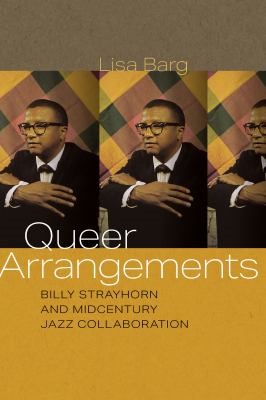
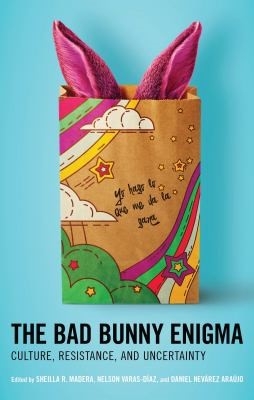
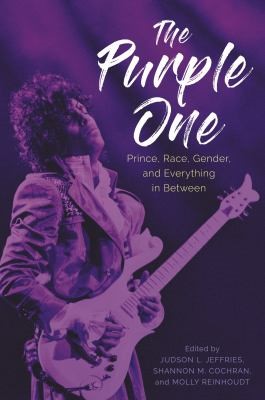
- Queer arrangements: Billy Strayhorn and midcentury jazz collaboration by Lisa Barg looks at Black queer history through the lens of the story of composer and pianist Billy Strayhorn. Recommended chapter: “Working Behind the Scenes: Gender, Sexuality, and Collaboration in Strayhorn’s Vocal Arrangements.”
- The Bad Bunny enigma: culture, resistance, and uncertainty edited by Sheilla R. Madera, Nelson Varas-Díaz, and Daniel Nevárez Araújo analyzes Bad Bunny’s impact on culture and music, with a particular focus on amplifying marginalized voices. Recommended chapter: “Bad Bunny and the Queer Trans-formation of Reggaeton” by Carlos Rivera Santana and Omar Ruiz Vega.
- The Purple One: Prince, race, gender, and everything in between edited by Judson L. Jeffries, Shannon M. Cochran, and Molly Reinhoudt deep dives Prince’s impact on history through a series of glimpses into his career. Recommended chapter: “Educating to Empower: Gender Performativity Pedagogy Using the Artistry of Prince and Sheila E.
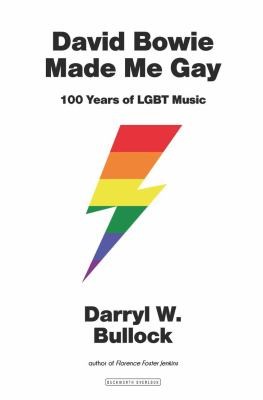
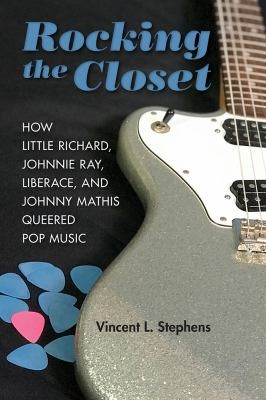
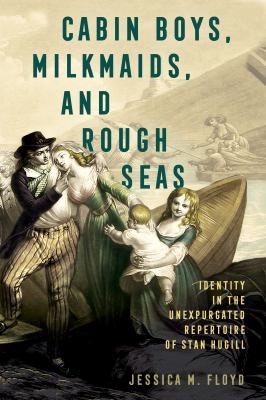
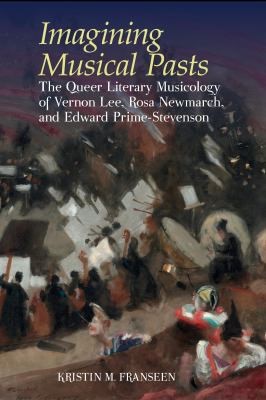
- David Bowie made me gay: 100 years of LGBT music by Darryl W. Bullock chronicles recorded music history made by and for the LGBT community and how music has evolved. Recommended chapter: “Once Upon a Time in a disco far far away.”
- Rocking the closet: how Little Richard, Johnnie Ray, Liberace, and Johnny Mathis queered pop music by Vincent L. Stephens focuses in on these four pop icons and how their performances have continued to influence musicians to today. Recommended chapter: “Visibly Hidden: Postwar Disorientation, Queer Community, and Queer Ambivalence.”
- Cabin boys, milkmaids, and rough seas: identity in the unexpurgated repertoire of Stan Hugill by Jessica M. Floyd investigates gender, sexuality, and identity in a previously unpublished manuscript of sea chanteys. Recommended chapter: “Looking queerly and the pleasures that defy category.”
- Imagining musical pasts: the queer literary musicology of Vernon Lee, Rosa Newmarch, and Edward Prime-Stevenson by Kristin M. Franseen explores these three scholars’ work and also the role of gossip in queer music histories. Recommended chapter: “The Old Queer Musicology.”
- Felicita Vestvali: Rebellious prima donna, charismatic actor, and LGBTQ icon by Piotr Szarota and Aneta Markuszewska recounts the story of Felicita Vestvali and her role as a queer woman working as a prima donna in the 19th century.
Queer genres
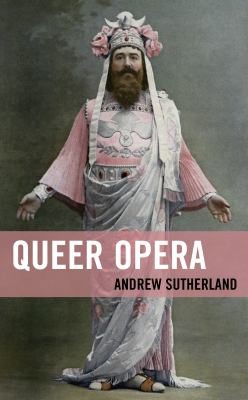
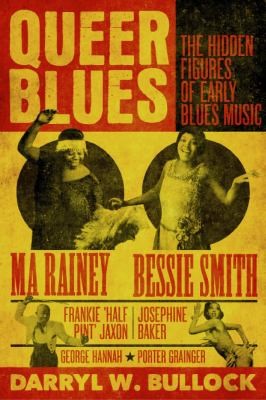
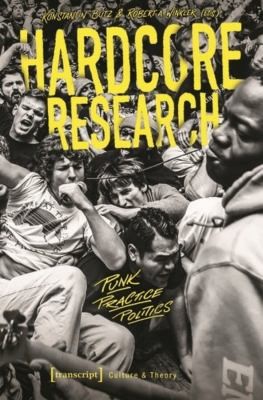
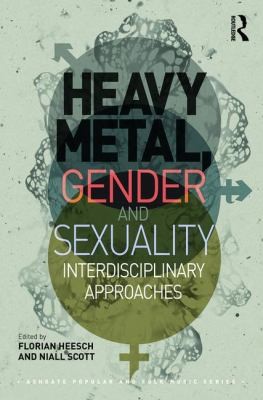
- Queer Opera by Andrew Sutherland offers a queer reading of opera libretto and scores an case studies of queer opera from around the world. Recommended chapter: “The Closet.”
- Queer blues: the hidden figures of early blues music by Darryl W. Bullock shines a light on the LGBTQ musicians of the 1920s and 30s, using interviews and archival material to paint a picture of the time. Recommended chapter: “He just don’t appeal to me.”
- Hardcore research: punk, practice, politics edited by Konstantin Butz and Robert A. Winkler is a comprehensive reader on scholarship on hardcore and punk subjects, offering rich and insightful examinations of these histories. Recommended chapter: “Queer-feminist hardcore/punk: academic research and community support in the age of pandemic” by Katharina Wiendlock.
- Heavy metal, gender and sexuality: interdisciplinary approaches edited by Florian Heesch and Niall Scot collects essays on gender and sexuality in heavy metal music, from an interdisciplinary lens. Recommended chapter: “Heavy metal culture a case of limited diversity in gender and sexuality.”
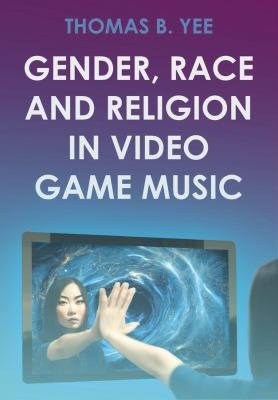
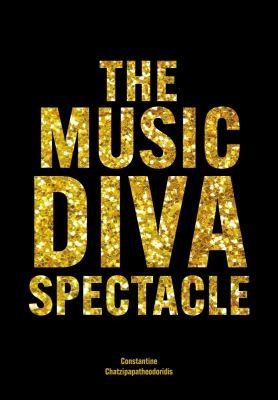
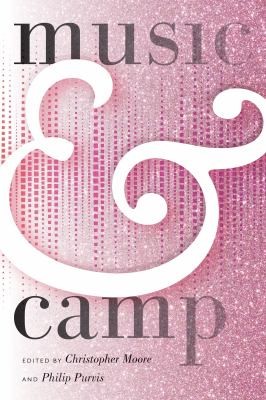
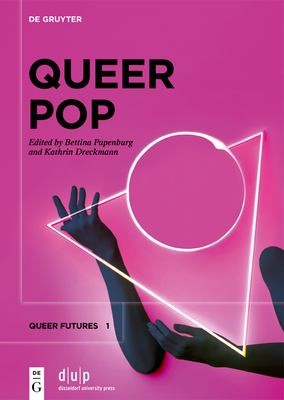
- Gender, race and religion in video game music by Thomas B. Yee features 25 analytical case studies which investigate gender, race, and religion represented in video games. Recommended chapter: “Feminine Themings: The Construction of Musical Gendering in the Final Fantasy Franchise.”
- Queerness in pop music: aesthetics, gender norms, and temporality by Stan Hawkins studies the queering phenomenon in pop music and video, using examples from several artists like Lady Gaga and Madonna. Recommended chapter: “’Talking Blah Blah’ Camp Into Queer.”
- The music diva spectacle: camp, female performers and queer audiences in the arena tour show by Constantine Chatzipapatheodoridis offers detailed readings of diva concert tour performances as a form of camp, and the way that camp plays into contemporary queer performance. Recommended chapter: “Dressed for the Ball: Audience Drag in the Arena Space.”
- Fringe of the fringe: queering punk media history edited by Kathrin Dreckmann, Linnea Semmerling, and Elfi Vomberg highlights the linkages between multimedia art and countercultural movements, including transgressing gender stereotypes. Recommended chapter: “Trans* feminism and punk performance” by Jack Halberstam.
- Music & camp edited by Christopher Moore and Philip Purvis in an in-depth look at camp in a wide variety of musical contexts, including classical music, hip-hop, and film, among others. Recommended chapter: “Camping Out: Queer Communities and Public Singalongs” by Sam Baltimore.
- Queer Pop: aesthetic interventions in contemporary culture by Bettina Papenburg centers on the contributions of feminist, queer, and trans* musicians and artists to popular culture and the new futures they may inspire. Recommended chapter: “Queer Reproduction: AIDS Activist Pasts and Futurity in Pose.”
Queer theory and research
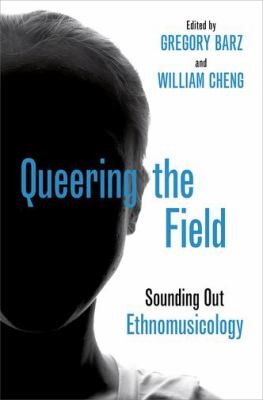
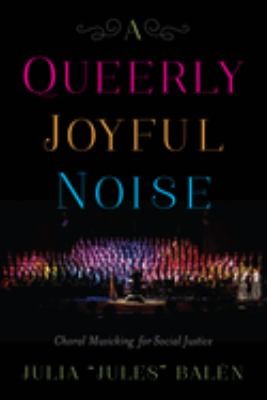
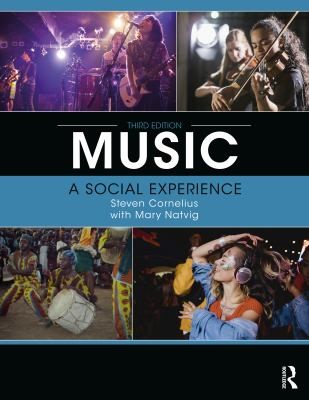
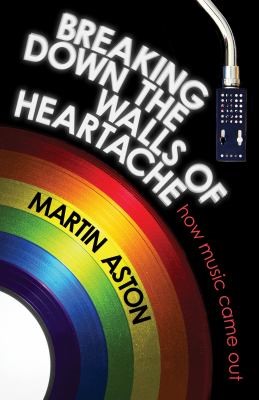
- Rethinking difference in gender, sexuality, and popular music: theory and politics of ambiguity edited by Gavin Lee interrogates the concept of difference and offers detailed case studies that offer ambiguity as a potential theoretical alternative. Recommended chapter: “What counts as “queer” in an historical context? Cross dressing in nineteenth-century theatre” by Gillian M. Rodger.
- Queering the field: sounding out ethnomusicology edited by Gregory Barz and William Cheng is the first large-scale study of queer silence and identities in ethnomusicology, challenging the reader to think about new queer futures. Recommended chapter: “Fielding the field: belonging, disciplinarity, and queer scholarly lives” by Tes Slominski.
- A queerly joyful noise: choral musicking for social justice by Julia “Jules” Balen demonstrates both the personally and politically transformative experience of choral singing as a tool for social action. Recommended chapter: “Queering Organizing for Social Change.”
- Music: a social experience by Steven Cornelius engages with musical examples to demonstrate how music can reflect and deepen understanding of the individual and cultural experience. Recommended chapter: “Music and Gender and Sexuality.”
- The horizon leans forward...: stories of courage, strength and triumph of underrepresented communities in the wind band field compiled and edited by Erik Kar Jun Leung focuses in on the wind band field to tell firsthand stories of people of colour, women, and LGBT folks within that community.
- Sounding fragilities: an anthology edited by Irene Lehmann and Pia Palme emphasizes the interconnectedness of composers, choreographers, researchers, and audience members through the lens of female* composers’ stories. Recommended chapter: “How feminism matters: An exploration of listening” by Christina Fischer-Lessiak.
- Breaking down the walls of heartache: how music came out by Martin Aston traces the history of music ‘coming out’ through example songs in the closet to loud and proud visibility. Recommended chapter: “Twenty-First Century – A Rainbow Riot.”
- Off the beats and track: Finding historical lesbian and queer women’s feminist spaces through musicians’ tour schedules, concert flyers, and correspondence by Alex D. Ketchum uses archival materials to locate queer women in North America, including the case study of Alix Dobkin.
- Using the arts to facilitate affirming, inclusive, strengths-based, groups with LGBTQ plus youth by Brian L. Kelly, Nora C. Wynn, and Trevor G. Gates demonstrates the utility of arts-based activities to engage LGBTQ+ youth, to leverage their talents and strengths in new formats.
Music
- Two pieces from The Wreckers by Ethel Smyth
- Urban spring: for chamber orchestra by Gilbert Galindo, commissioned by the Queer Urban Orchestra for Pride 2021
- Take all my loves: 9 Shakespeare sonnets by Rufus Wainwright
Blog category